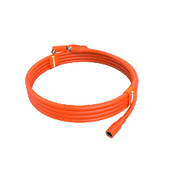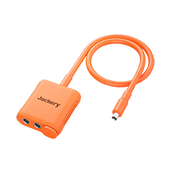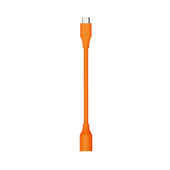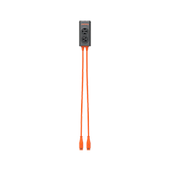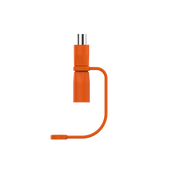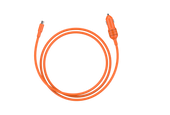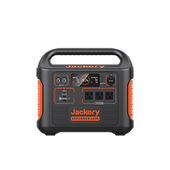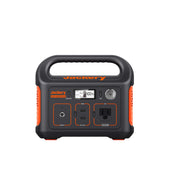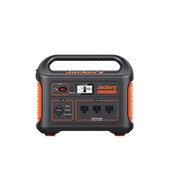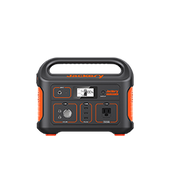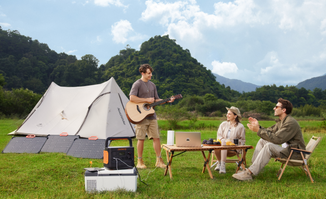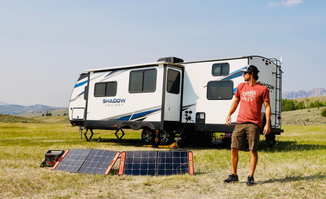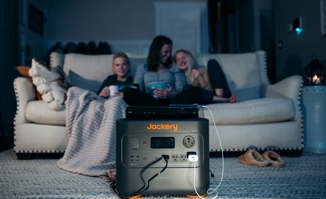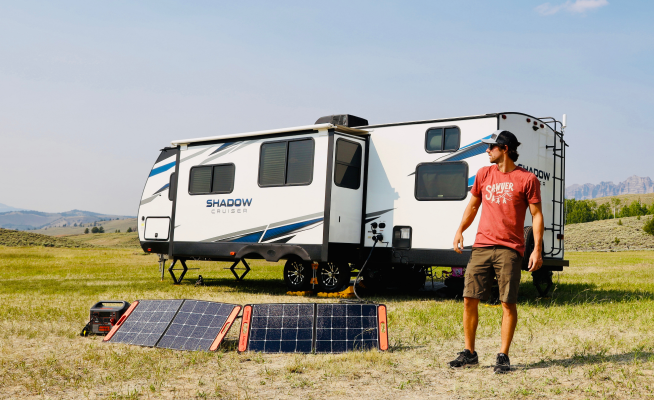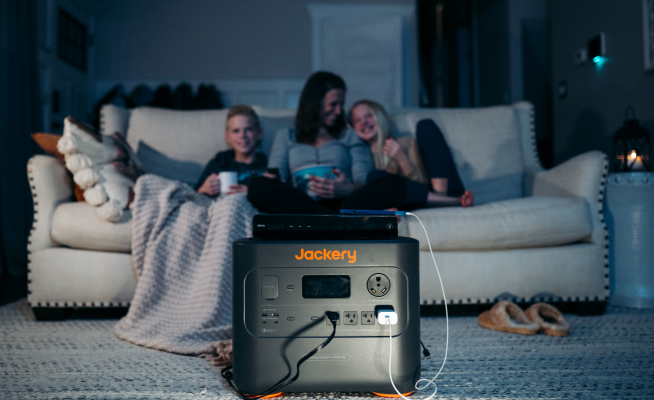A Step Towards Clean Planet: How Solar Panels Work
The sun is a great energy resource that runs all life forms on earth. Our world's annual energy consumption can be covered by the energy produced by sunlight in only one and a half hours. This is a tremendous amount of energy, so there is a constant effort toward creating new ways to consume this solar energy. The current solar technology uses PVS (photovoltaic) panels to convert sunlight into electrical energy. This electrical energy can be used right away and can also be stored in batteries or thermal storage. We are going to discuss how solar panels work in detail below.

What Are Solar Panels?
Solar PV panels are made of various small photovoltaic cells. Photovoltaic refers to semi-conductive cells that can convert energy from sunlight into electricity. How do solar panels work? The basic functionality of a solar panel is based on generating an electricity flow by knocking the electrons free from atoms.
Solar Panel Materials
PVC cells are made of semi-conductive materials, i.e., usually, silicon that conducts electricity and creates an electric field through electrical imbalance. While silicon is the most important material and determines how solar panels work, other contributing materials exist. Six different materials make a solar panel. These materials include a silicon solar cell, its metal frame, the glass sheet, wire, and a bus wire.
Silicon solar cells
Silicon solar cells are soldered together in a matrix-like structure within the glass panels. These silicon cells interact with the glass wafer sheet and create an electric charge.
Jackery solar panels use monocrystalline silicon solar cells. The advanced solar cells on the solar panel provide a higher conversion efficiency of up to 25%, leading the industry, outperforming comparable solar panels - producing more power under similar conditions.
Metal frame
The metal frame made of aluminum protects the cell against weather effects and shocks and supports mounting the panel at an angle to receive ample sunlight.
Glass sheet
The 6-7 millimeters thick glass sheet protects the silicon solar cells inside the panel. The front glass sheet also makes the panel durable and provides insulation and protection.
Wires
A 12V wire regulates the amount of energy being transferred into the inverter, while the bus wire connects the solar cells in parallel to carry electrical current.
Solar Panel Advantages
So, we have discussed how solar panels work but what are the advantages of solar panels? Solar panels have several advantages, and being a renewable energy source is the topmost positive point of using these solar panels.
1. Renewable energy source
Solar energy reduces the dependence on fossil fuels and expensive energy sources, which is how solar panels work to reduce carbon emissions on earth. It is a greener and more sustainable option for fulfilling energy needs.
2. Economical
The reduction in your power usage bill depends on your solar system's size and energy requirements. If you have a bigger system, you can sell off the extra power you are generating and make money.
3. Low maintenance costs
Solar power systems are generally low maintenance. Keeping them clean is the most important thing in maintenance; doing it several times annually does the job. An annual inspection is the other step to ensure your solar panels' safety and efficiency.
How Do Solar Panels Work
Solar panels work through photovoltaic cells establishing an electric field to produce electricity. This electric field is created when opposite charges are separated. The silicon in the panel is doped with other materials so that one side has a positive charge while the other contains a negative charge to facilitate the flow of current. Usually, the phosphorus seeded in the top layer of silicon produces a negative charge, while the lower layer with boron produces a positive charge. When the photon from the sunlight knocks an electron free, this electric field pushes this electron out of the silicon junction. Now let us see how solar panels work step by step.

1. How Does a Solar Panel Work Step By Step
- When the sunlight hits the solar panels, an electric field is established.
- The electricity generated in the electric field flows to the edge of the panel through a conductive wire.
- This conductive wire takes the electricity to the inverter. The DC electricity is converted to AC in the inverter.
- This AC current is then moved to the electric panel, where all the appliances take power.
2. How to Do Solar Panels Work on a House
Generally, how solar panels work on a house is the same as how solar panels work in an industrial setup. The solar panels gather the sunlight and then create an electrical field. The charge created in the field is in the DC state, which is converted into AC in the inverter, which is connected to the main power supply of the house. If there is any surplus energy, it is flown back to the grid, and you get paid for it.
How Does Solar Panels Work At Night
Generally speaking, solar panels do not work at night to produce energy because the photovoltaic cells in solar panels need sunlight to produce electricity. Although some solar panels can still generate some energy from other light sources like street lights and the moon, the output is very low. But there are other things that solar panels do at night.
How do solar panels work at night? You can store the electricity produced in the day using the batteries to use it throughout the day and night. Also, when you provide the power back to the grid and get paid, you can use the same units from the main power supply during the day.
How Do Solar Panels Work For Kids
Here we have listed the bullet points for kids better understand how solar panels work.
1. DC or direct current is the form of electricity that your electronic devices, like your smartphone, your calculator, and other gadgets, use.
2. AC or alternate current is the electricity that your electrical appliances like refrigerator, TV, washing machine, etc. use.
3. The electric field is definedas electric force per unit charge. The direction of the field is the same as the direction of the force exerted on a positive test charge.
FAQ
1. How To Convert Solar Energy Into Electricity
When the sunlight strikes the photovoltaic solar cells, it energizes the cell, and electrons come loose from the atoms. These loose electrons then move under the influence of an electric field in the panel. This motion then creates the electric current.
2. How Does a Photovoltaic Solar Panel Work
Photovoltaic or PVC cells are silicon doped with other materials that make positive and negative sides in the field. When the sun shines on these PVC panels, it is absorbed by the cells creating electric charges. This electrical energy is then processed to be used in appliances.
Conclusion
Solar energy is the future of power production in the world. We can see how fossil fuels and other forms of energy are hazardous to the environment; it is time to gradually move to the ultimate source of energy, i.e., the sun. We have discussed how solar panels work in detail above and hope it is a step towards a cleaner planet.
Disclaimer:
The runtime mentioned for appliances powered by Jackery is for reference only. Actual runtime may vary under different conditions. Please refer to real-world performance for accurate results.






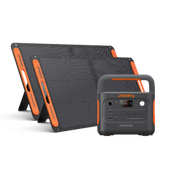


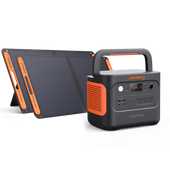

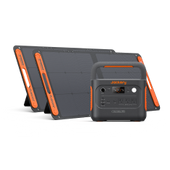
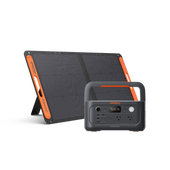
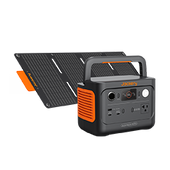
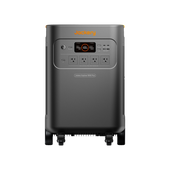
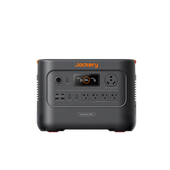
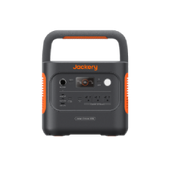
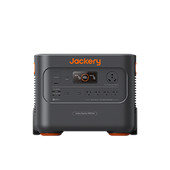
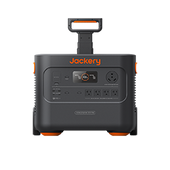

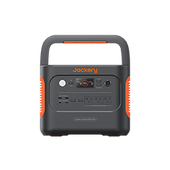
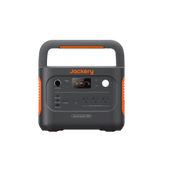
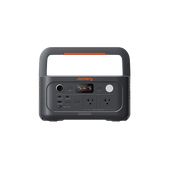

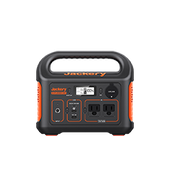
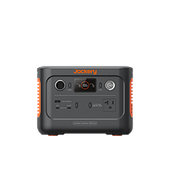
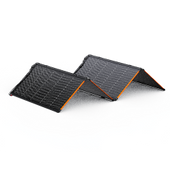
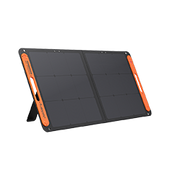

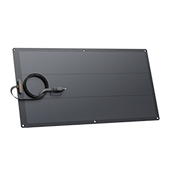
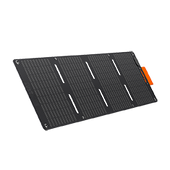
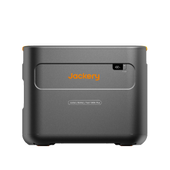
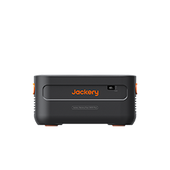
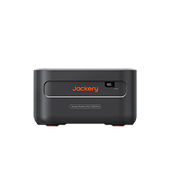
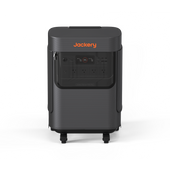
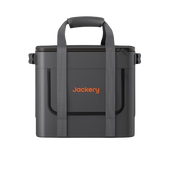

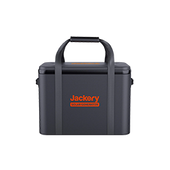
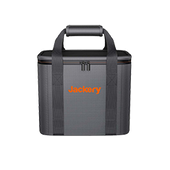
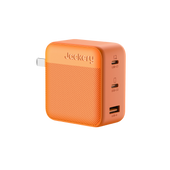
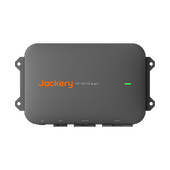
![[Add-on] Jackery Manual Transfer Switch for Explorer 5000 Plus](http://ca.jackery.com/cdn/shop/files/add-on-jackery-manual-transfer-switch-for-5000-plus-240V.webp?v=1757043692&width=170)
